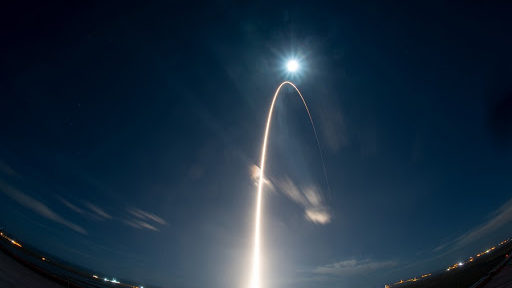The probe of the European Space Agency Solar Orbiter departed from Cape Canaveral at 5.03 am: it will study the surface of the Sun from a distance never reached before.
“Signal acquisition confirmed. Great news!”. With these words – posted on the official Twitter account of the European Space Agency at 5.03 am – the Solar Orbiter mission has officially started. The ESA probe took off from the Cape Canaveral platform in the USA at the head of an Atlas V rocket of the United Launch Alliance. The spacecraft, exploiting the astral alignment between Earth and Venus, gave the probe the necessary thrust to start the space journey that will take it, in three and a half years, to the closest orbit to the Sun ever reached by a spacecraft. At the end of its journey, the Sola Orbiter will gravitate 42 million kilometres away from our star (less than a third of the Earth-Sun distance) and collect valuable data to study the physical and chemical processes that take place on the surface. The Solar Orbiter mission is funded by ESA and is the result of collaboration between Aerospace Agencies, Research Institutes and aeronautical companies from around the world.
Solar Orbiter: the Italian project to study the Sun
Once it reaches its final orbit, Solar Orbiter will perform several studies on the Sun. The measurements will cover the plasma, magnetic field, waves and energetic particles of the solar wind. Thanks to an orbit tilted with respect to the equator, the probe will also take the first photos of the polar regions of the Sun, areas never observed before. To carry out these measurements, on board the probe there are ten innovative scientific instruments born from the collaboration between Research Institutes and industries in the United States and 17 European countries. Among these is the Metis coronographer designed by the National Institute of Astrophysics and CNR together with a large team of Italian scientists from the universities of Florence, Genoa, Padua, Urbino and Turin. It is a special chamber to shield the too violent light of the solar disk and analyze only the solar crown, whose brightness is millions of times weaker. The corona is the most turbulent zone from which the solar wind is released and accelerated: discovering the internal mechanisms is fundamental to deepen the knowledge of solar atmospheric phenomena and their evolution in the heliosphere.
